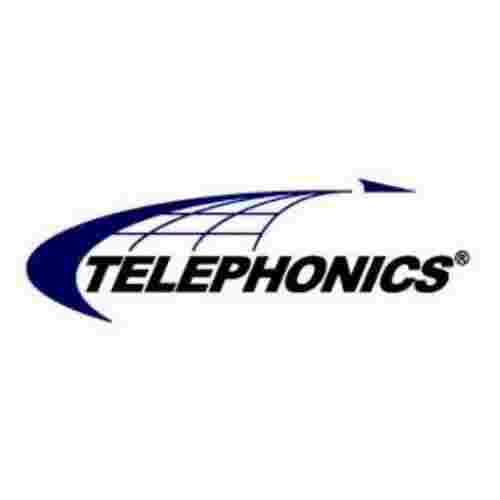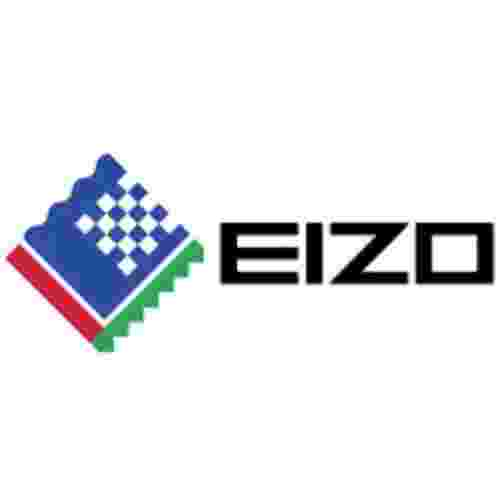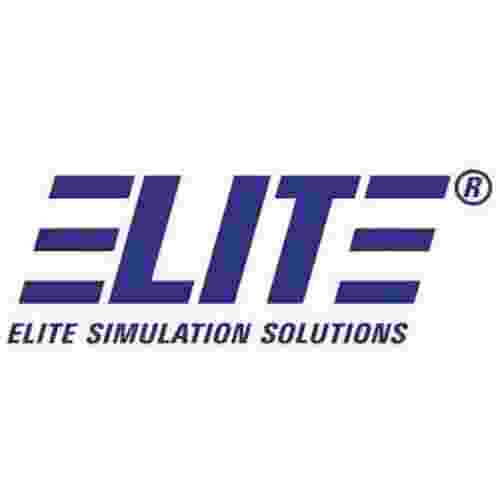Air Traffic Control Systems and Management (ATC) in Italy in 2024
Imagine the Colosseum bustling with tourists, not chariots, and the ancient Roman roads replaced by a network of modern airports. Italy, a land steeped in history, is also a major player in the modern world of aviation. But how do they keep all those planes crisscrossing the skies safe and organized? Enter the fascinating world of Air Traffic Control (ATC) in Italy, a complex ballet of technology, human expertise, and constant innovation.
In 2024, Italy’s ATC system is at a crossroads. Air travel is booming, fueled by a resurgent tourism industry and a growing air cargo market. This surge in traffic puts pressure on existing infrastructure and demands a focus on air traffic flow, air traffic safety, and air space management.

The Orchestra of the Skies Air Traffic Management (ATM) Systems
At the heart of Italian ATC lies a sophisticated network of ATM systems. These act as the brains of the operation, crunching real-time data on flight paths, weather conditions, and aircraft positions. Imagine a complex air traffic control simulator – except this one is orchestrating real planes, not virtual ones. Advanced algorithms within the ATM systems calculate optimal routes, minimizing delays and ensuring the smooth flow of air traffic.
Eyes on the Prize ATC Radar
Just as a conductor relies on sheet music, air traffic controllers rely on a different kind of visual aid – ATC Radar. These powerful systems act as the watchful eyes of the sky, using radio waves to paint a picture of air traffic. The reflected signals allow controllers to visualize the location and movement of each aircraft, ensuring safe separation between them.
Voice Communication Switching Systems
Now, imagine an air traffic control center as a bustling control room. That’s where Voice Communication Switching Systems come in. These high-tech switchboards seamlessly connect pilots and controllers, enabling clear and efficient communication. Modern systems incorporate digital technologies for enhanced clarity and reliability, ensuring every message is received loud and clear.
Air Traffic Control Automation
As air traffic continues to grow, automation is playing an increasingly important role in Italian ATC. Air traffic control automation assists controllers with routine tasks, freeing them to focus on complex situations. For example, automated systems can handle tasks like conflict detection and resolution, allowing controllers to dedicate their expertise to the most critical situations.
Keeping Up with the Times Air Traffic Control Modernization
Italy is actively engaged in ATC modernization initiatives. This includes upgrading aging infrastructure, implementing new technologies like NextGen ATM (Next Generation Air Traffic Management), and adopting innovative procedures like Trajectory-Based Operations (TBO). TBO allows for more precise flight paths, optimizing airspace usage and reducing fuel consumption – a win for both efficiency and sustainability.
Air Traffic Controller Training
The human element remains paramount in Italian ATC. Air traffic controller training is rigorous and ongoing, ensuring controllers possess the knowledge, skills, and split-second decision-making abilities to navigate complex situations. Regular training keeps controllers sharp and up-to-date on the latest procedures and technologies.
Air Traffic Congestion and Beyond
Despite advancements, Italy faces challenges. Air traffic congestion, particularly around major airports, can lead to delays. However, Italy’s Civil Aviation Authority (CAAC) and the Air Traffic Management Bureau (ATMB) are actively working on solutions, such as Air Traffic Flow Management (ATFM). ATFM strategies aim to optimize air traffic flow before flights even take off, minimizing delays and congestion.
The Future of ATC in Italy
The future of Italian ATC is brimming with exciting possibilities. The integration of civil-military ATM will enhance airspace efficiency, while Airport Collaborative Decision Making (A-CDM) will foster better communication and coordination between airports and airlines.
The Impact on Passengers and Businesses
Italy’s robust ATC system benefits everyone. Passengers experience smoother journeys with fewer delays. Airlines operate more efficiently, reducing costs and environmental impact. The air cargo industry thrives with reliable and efficient air freight transportation.
A Focus on Eco-Friendliness
Italy is a leader in sustainable aviation. Modern ATC technologies like TBO contribute to this effort by optimizing flight paths and reducing fuel consumption. Additionally, research into drone traffic management is underway, paving the way for a future where drones safely share the skies with manned aircraft.
Price List
- Customization: ATC systems are highly customized based on the specific needs of the airspace they manage. Factors like the size and complexity of the airspace, traffic volume, and desired level of automation all influence the final cost.
- Procurement Process: Government tenders and negotiations with multiple vendors further complicate price determination. The final price can vary depending on the chosen vendors, negotiated features, and ongoing maintenance contracts.
However, here’s what we can offer to give you a better idea:
- Range: Ballpark figures for large-scale ATC system upgrades often range in the hundreds of millions to billions of Euros. This includes hardware, software, infrastructure changes, training, and integration costs.
- Components: Here’s a breakdown of some individual components and their estimated price ranges (Euros):
- ATC Radar: €1 Million – €50 Million+ (depending on technology and range)
- Voice Communication Switching Systems: €1 Million – €10 Million+ (depending on capacity and features)
- Air Traffic Control Simulators: €5 Million – €20 Million+ (depending on complexity and fidelity)
Get a Quote from Top 12 Global Leader Air Traffic Control Systems Manufacturers
FAQs
Is Italy's ATC system safe?
Yes, Italy prioritizes safety with advanced technology and rigorous controller training.
What are Italy's ATC challenges?
While Italy boasts a strong ATC system, managing air traffic congestion around major airports remains a challenge. However, they’re actively implementing solutions like ATFM to optimize airspace use.
is Italy modernizing its ATC?
Italy is embracing NextGen ATM for more efficient flight paths and automation to assist controllers. This reduces delays and keeps pace with growing air traffic











